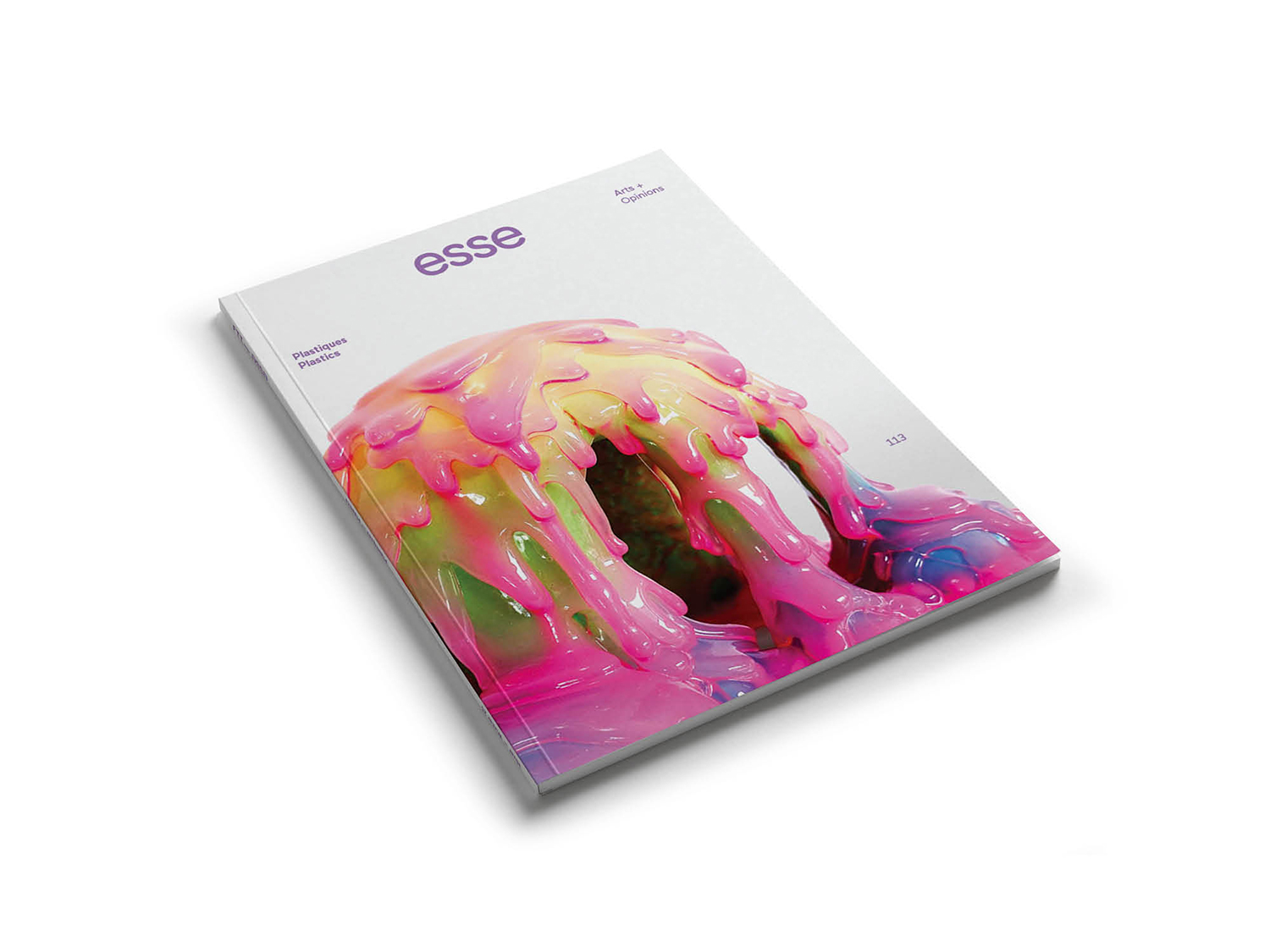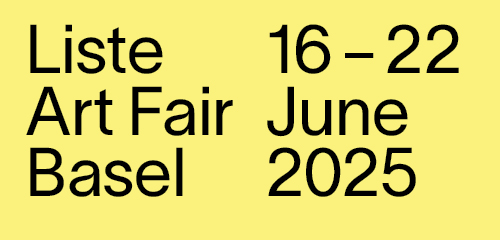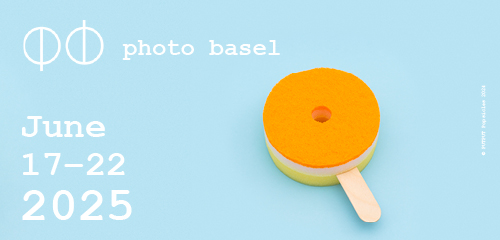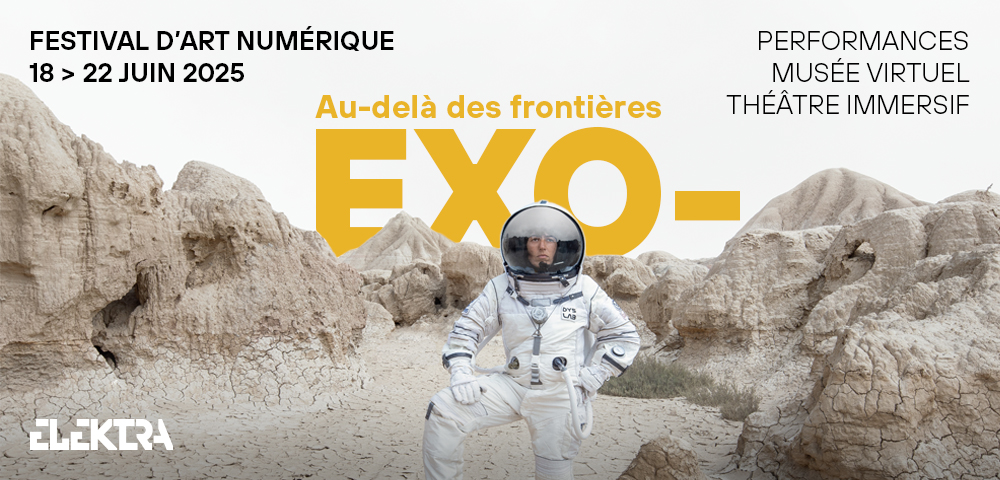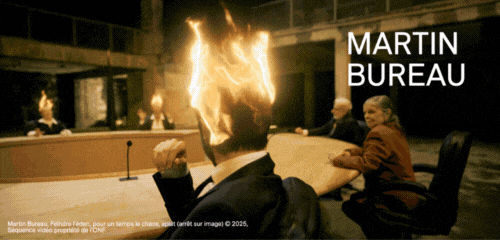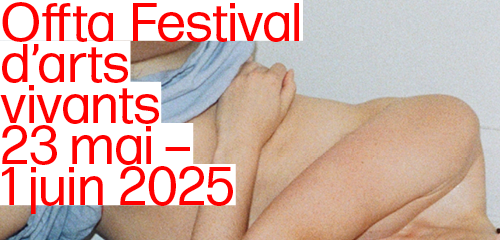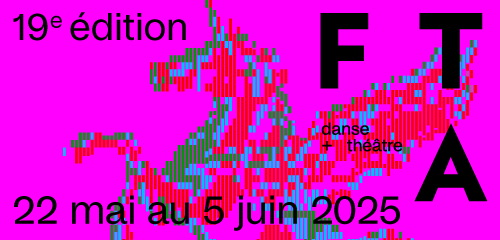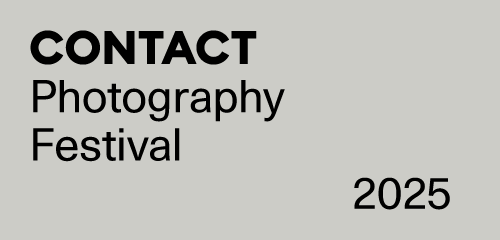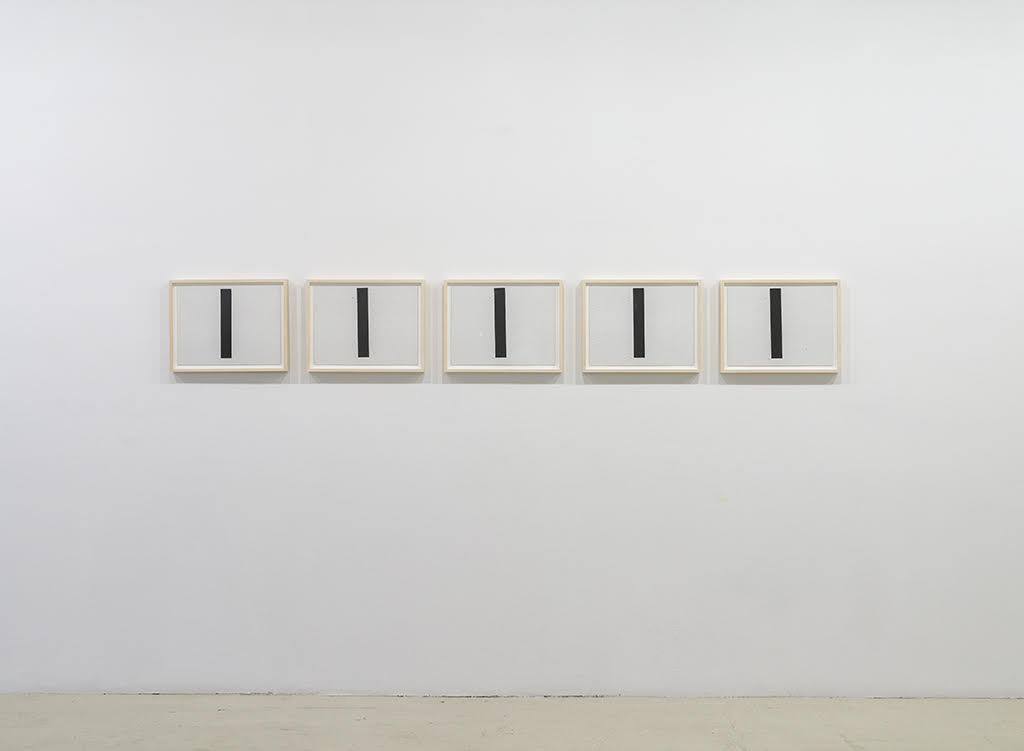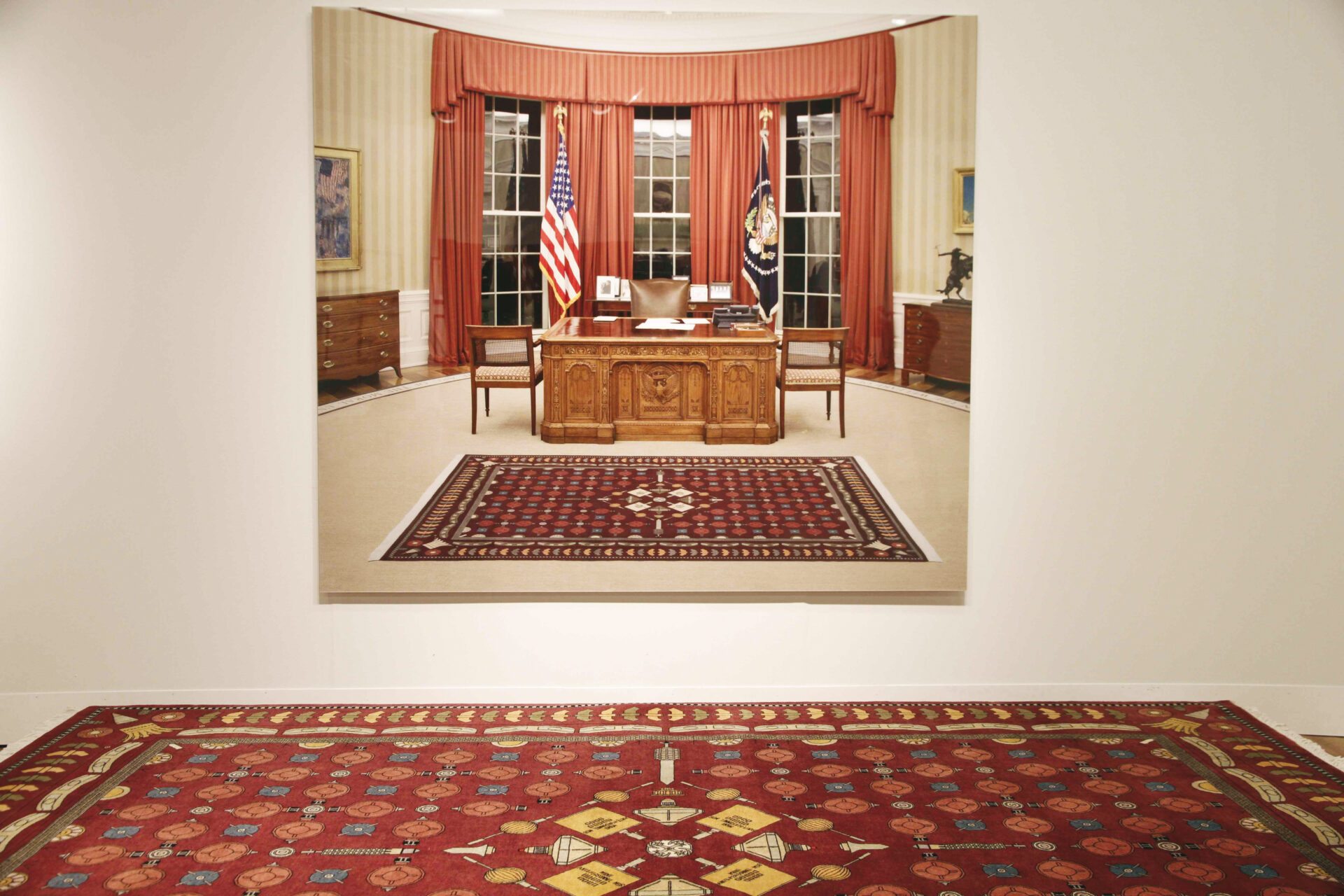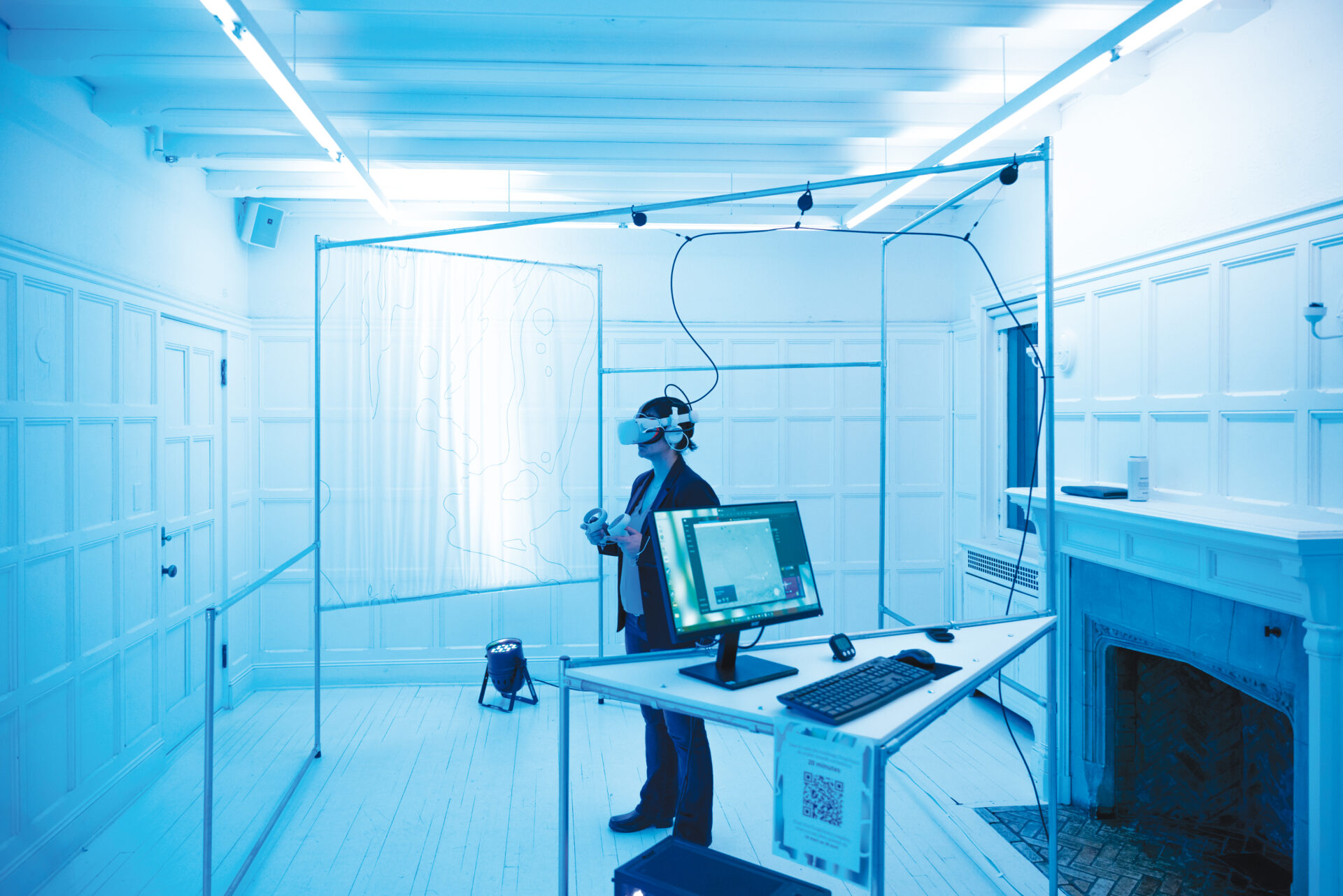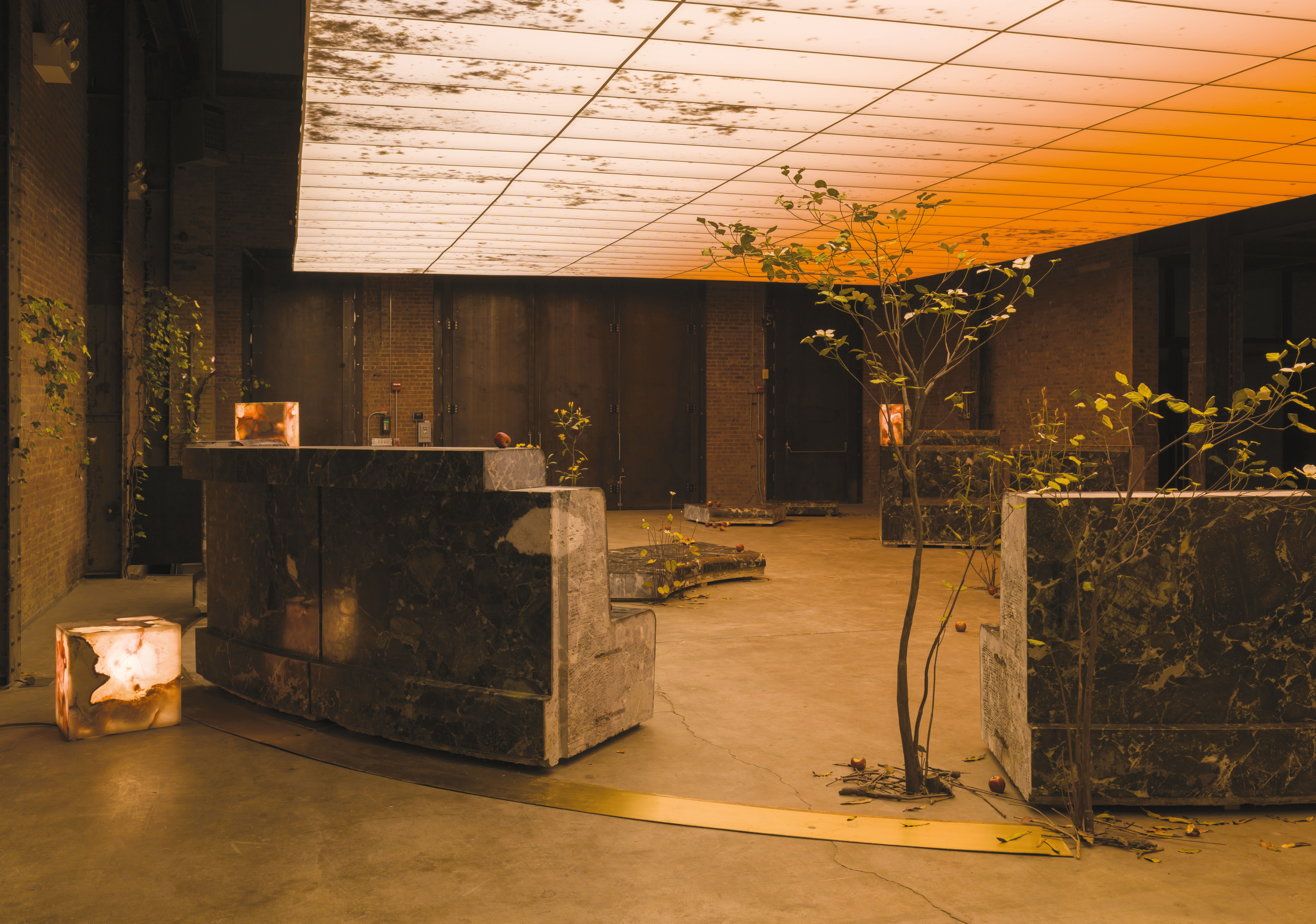
Photo: Charles Benton, courtesy of the artist & SculptureCenter, New York
September 19, 2024–March 24, 2025
[En anglais]
In a moving tribute, Álvaro Urbano has staged a reinterpretation of artist Scott Burton’s public artwork Atrium Furnishment (1986), previously located in the lobby of the Equitable Tower. Burton rejected the suffocating rationality and universalist bent of Minimalist art. For him, such works paraded the heterosexual masculinity of their creators. His furniture pieces—produced until his death in 1989 from AIDS-related complications—comprised a sly queer retort to this tradition. As art historian David Getsy has argued, they resembled the practice of cruising: they were hidden in plain sight, dissembling under the guise of functional objects. Atrium Furnishment suggested an extension of this theme, for it insinuated itself into corporate America. Burton’s infiltration has come to an end, however: in 2020, building renovations displaced the work, and its fate is currently uncertain.
Enter Urbano, whose act of preservation simultaneously reinterprets its source material. TABLEAU VIVANT is, as its name suggests, a re-creation of a favourite work. Atrium Furnishment originally consisted of a half-moon bench in sumptuous green marble, four onyx lamps, and central plant holder, but Urbano has disassembled this work from its tight semi-circle into a radial array of sculptural objects. Some pieces of the bench still function as seats; others resemble the fragments of ruins. Fabricated branches, flowers, and apples strewn amidst the scene evoke the Ramble, a section of Central Park that has long been infamous as a gay cruising ground. Urbano activates a queer potential latent in Burton’s work, a sensibility and orientation toward the public drawn from the social formations in which he was embedded. Removed from its original site and purpose, the decontextualized piece opens to new configurations of intimacy and viewer interaction.
Créez-vous un compte gratuit ou connectez-vous pour lire la rubrique complète !
Mon Compte




